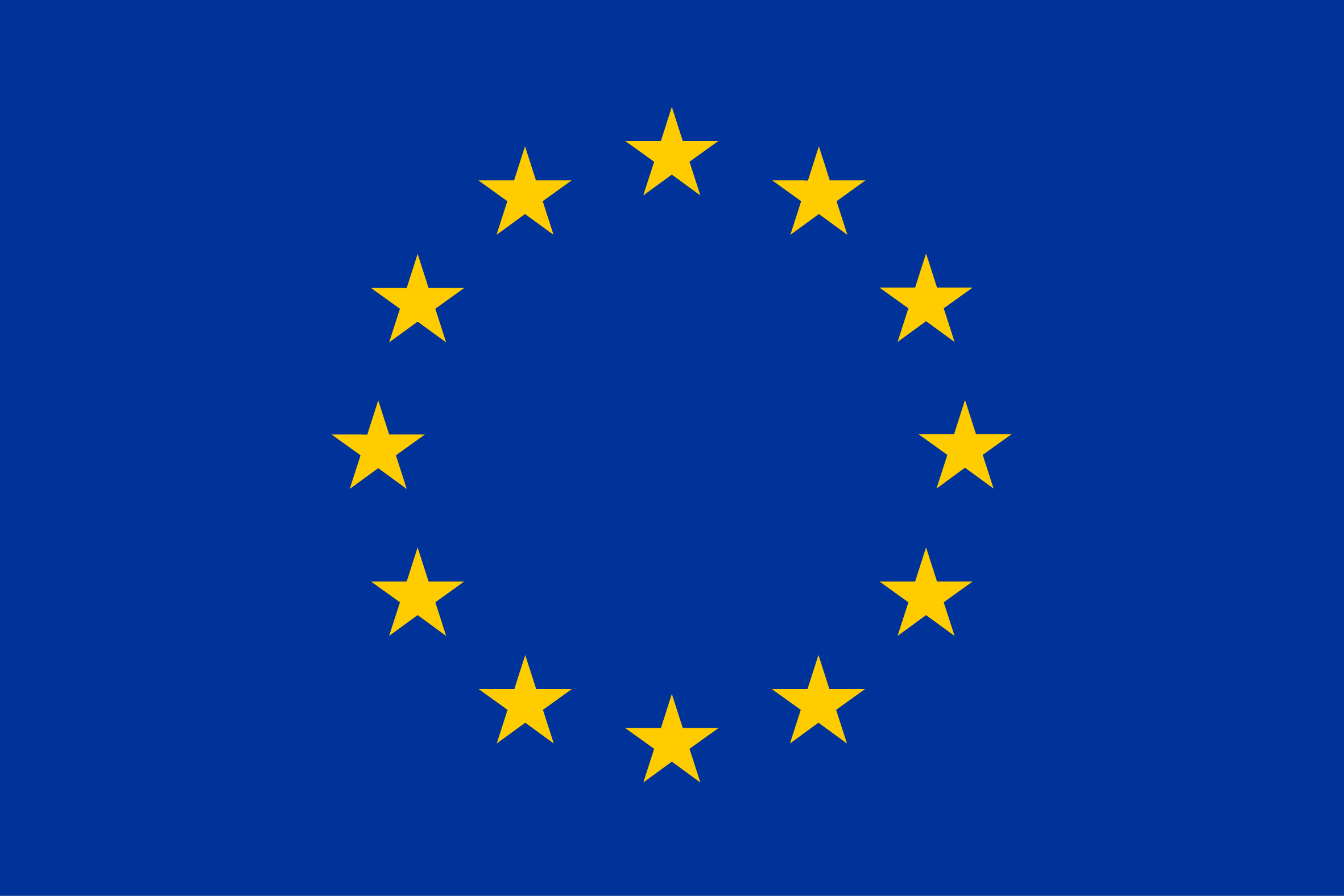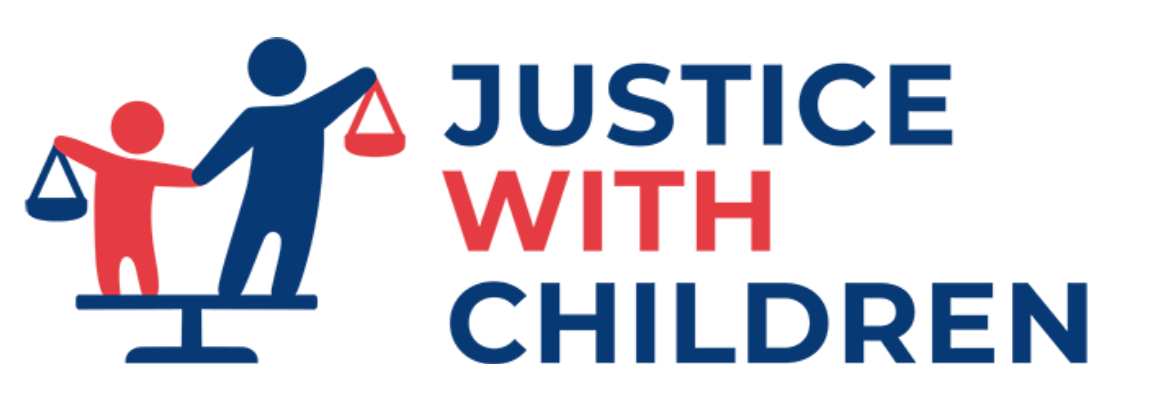Would children like to learn about their rights and access information on available services through a conversation with a chatbot? This is what we tried to explore in the co-design sessions with children and youth taking place in Romania, Bulgaria and Greece.
About i-ACCESS
In Europe, child survivors of crime don’t have access to child friendly information about their rights in criminal procedures. In i-ACCESS MyRights we want to build an accessible AI driven tool to help children navigate these complex procedures and access child friendly information about their rights. To achieve this, i-ACCESS works together with victim support organizations, child justice stakeholders, AI and tech, data protection and ethics experts and most importantly children in contact with the criminal justice system in Europe.
Product design & child participation
The development of the digital tool started with mapping children's needs. The design process is guided by the ’safety by design’ principle which puts the safety and rights of the users, children, especially child survivors at the heart of the product design and development. The project followed the user needs analysis methodology of Lawren.io along with the child participation methodology of implementing partners.
The aim of the co-design sessions is to identify key rights-related issues and concerns amongst children, providing valuable insights into the areas of focus of the chatbot. The co-design sessions’ goal is also to empower children, reflect respect to their rights, and promote their active participation in shaping their own learning and advocacy journeys.
We conducted co-design sessions, individual and focus group discussions with 53 children and youth and 59 child protection and legal experts. Children and youth with different age and gender and from various socio-economic and cultural backgrounds participated in the co-design sessions.
Results
Children would prefer a chatbot that covers a wide range of topics, including the rights of child, legal procedures with child participation, child protection system, discrimination, education, health, and online and offline violence, including practical information about recognizing signs of abuse, reporting abuse, staying safe online, dealing with bullying, and protecting privacy. Results of the co-design sessions show that standalone online tools are still regarded controversially by children. Trusted adults, educational institutions, and accessible online information are the primary sources from where children seek guidance about their rights. Approximately 18% of children suggest that the chatbot should provide additional resources or links to help them find the answer they are looking for. The results also highlighted the importance of directing child users to available support services in addition to giving them practical information about exercising their rights.
As well as discussing chatbot functionalities, children were asked about their preferences regarding the chatbot’s name, its interface, and its ways of communication. Some children suggested names that include the words "friend" or "together”. The legal experts and child protection professionals interviewed highlighted the importance of providing information in an understandable and child friendly manner based on a child’s age and education level.
Next steps
Based on the results of the survey, we will assemble a prioritized list of issues, which will enable us to the develop a chatbot that addresses the most significant concerns of children. Then we will define use cases, personas and user journeys to further guide the development of the chatbot and ensure its functions reflects the unique needs of children in contact with the justic system. This will be followed by the technical implementation of the tool.


- Log in to post comments



